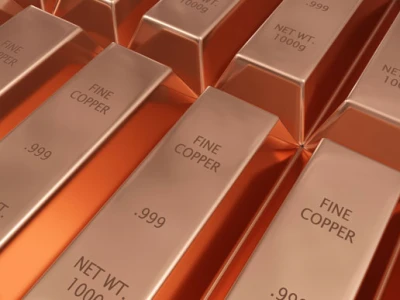Surge in Gold Demand Value Amid High Price Environment
According to the World Gold Council, the demand for gold experienced a significant boost in the third quarter of this year, driven primarily by strong inflows into global exchange-traded funds (ETFs). This increase, coupled with ongoing investor interest in over-the-counter markets, pushed gold prices to new record highs during the period.
The consumption of gold in jewelry has softened due to rising prices, although there was a notable uptick in India attributed to a reduction in gold import duties. Additionally, net demand from central banks has slowed but remains robust. Official sector institutions purchased a net total of 186 tons of gold this quarter, with year-to-date acquisitions reaching 694 tons, consistent with 2022 figures.
Global holdings in gold ETFs grew by 95 tons, reflecting positive inflows across all regions. This marked the first quarter of total net inflows since early 2022. Demand for gold bars and coins saw a 9% year-on-year decline, with significantly reduced demand from China, Turkey, and the U.S. overshadowing a surge in buying from India.
The Council notes that jewelry consumers are feeling the pinch from record prices, leading to a 12% year-on-year decline in global gold jewelry demand, despite a strong increase in Indian consumption.
Total gold supply in the third quarter rose by 5% year-on-year, reaching a record high of 1,313 tons, with contributions from both mine production and recycling. The Council's anticipation of renewed Western investment flows was realized during this quarter, further driving gold prices upward.
Investment in bars and coins is expected to remain strong, even as jewelry purchases decline amid high prices. Central bank buying, while slower, is on track for a robust year, and supply is poised for a record-breaking year following exceptionally strong mine production in the third quarter.











.j_s_thumb.webp)

